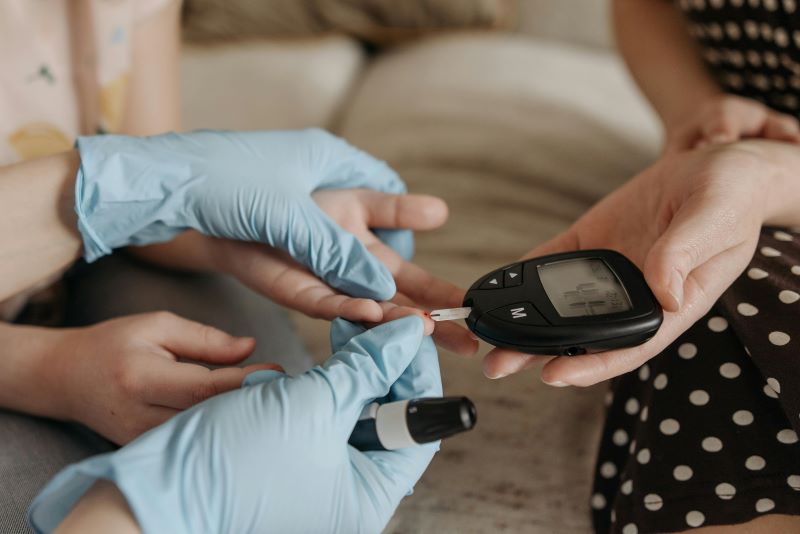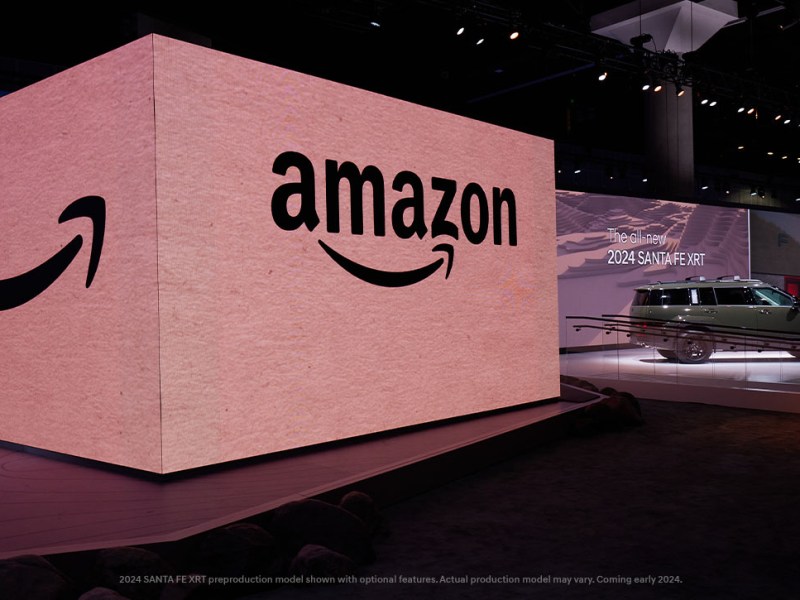






For the past year and a half, Tandra Cooper Harris and her husband, Marcus, both living with diabetes, have struggled to refill their prescriptions for the medications they need to control their blood sugar.
Without Ozempic or a similar medication, Cooper Harris suffers fainting spells, becomes too tired to care for his grandchildren, and struggles to earn extra money braiding hair. Marcus Harris, who is a cook at Waffle House, needs Trulicity to prevent his legs and feet from swelling and bruising.
The couple’s doctor has tried prescribing them similar medications, which mimic a hormone that suppresses appetite and controls blood sugar by increasing insulin production. But there is usually no stock of these drugs. Other times, the health plan they have through the Affordable Care Act (ACA) marketplace imposes a lengthy approval process or an out-of-pocket cost they cannot afford.
“It’s like I have to jump over obstacles to live”said Cooper Harris, 46, a resident of Covington, Georgia, east of Atlanta.
Supply shortages and barriers by insurers to obtaining this powerful class of medications, called GLP-1 agonists, have left many people living with diabetes and obesity without the medications they need to stay healthy.
One of the roots of the problem is the price set by the pharmaceutical companies that manufacture these medications. About 54% of adults who had taken a GLP-1 drug, including those with insurance, said the cost was “difficult” to pay, according to the results of a KFF survey published this month.
But the hardest hit are the lowest-income patients: people with few resources who struggle to see doctors and buy healthy foods.
In the United States, Novo Nordisk charges about $1,000 for a monthly supply of Ozempic, and Eli Lilly charges a similar amount for Mounjaro. Prices for a monthly supply of different GLP-1 medications range from $936 to $1,349 before insurer coverage, according to the Peterson-KFF Health System Tracker.
Medicare spending on three popular diabetes and weight-loss drugs — Ozempic, Rybelsus and Mounjaro — reached $5.7 billion in 2022, up from $57 million in 2018, according to KFF research.
The price “outrageously high” has “the potential to bankrupt Medicare, Medicaid and our entire healthcare system” wrote Senator Bernie Sanders (independent of Vermont), chairman of the US Senate Committee on Health, Education, Labor and Pensions, in a letter to Novo Nordisk in April.
High prices also mean that not everyone who needs the drugs can get them. “They are already disadvantaged in multiple ways and this is just one more”said Wedad Rahman, an endocrinologist at Piedmont Healthcare in Conyers, Georgia. Many of Rahman’s patients, including the Cooper Harrises, are underserved, have high-deductible health plans or are on public assistance programs like Medicaid or Medicare.
Many drug manufacturers have programs that help patients start and stay on drug treatments for little or no cost. But those programs have not been reliable for drugs like Ozempic and Trulicity because of supply shortages. And many insurers’ requirements that patients receive prior authorization or try less expensive medications first add delays in care.
By the time many of Rahman’s patients see her, their diabetes has been uncontrolled for years and they are suffering serious complications such as foot injuries or blindness. “And that’s the end of the roadRahman said. “I have to choose something else that is more affordable and not as good for them”.
GLP-1 agonists, the category of drugs that includes Ozempic, Trulicity and Mounjaro, were first approved to treat diabetes. Over the past three years, the Food and Drug Administration (FDA) has approved relabeled versions of Mounjaro and Ozempic for weight loss, leading to skyrocketing demand.
And demand is only growing as the benefits of the drugs become more evident.
In March, the FDA approved the weight-loss drug Wegovy, a version of Ozempic, to treat heart problems, which will likely increase demand and spending. Up to 30 million Americans, or 9% of the population, are expected to be using a GLP-1 agonist by 2030, financial consulting firm JP Morgan estimated.
As more patients try to fill prescriptions for GLP-1 agonists, manufacturers are scrambling to produce enough doses.
Eli Lilly is urging people to avoid using its cosmetic weight loss drug Mounjaro to ensure enough supplies for people with medical conditions. But the drugs’ popularity continues to grow despite side effects such as nausea and constipation, fueled by their effectiveness and celebrity endorsements. In March, Oprah Winfrey launched a one-hour special on the ability of medications to help with weight loss.
It may seem like everyone is taking these medications, said Jody Dushay, an assistant professor of medicine at Harvard Medical School and an endocrinologist at Beth Israel Deaconess Medical Center. “But there are not as many people as you think,” he said. “There just aren’t enough”.
Even when drugs are in stock, insurers are taking action, leaving patients and healthcare providers to navigate a thicket of ever-changing rules.
State Medicaid plans vary in their coverage of weight loss medications. Medicare will not cover medications if they are prescribed for obesity. And commercial insurers are restricting access because of the cost.
Health care providers are designing care plans based on what is available and what patients can pay.
For example, Cooper Harris’s insurer covers Trulicity but not Ozempic, which she prefers because it has fewer side effects. When her pharmacy ran out of Trulicity, she had to rely more on insulin instead of switching to Ozempic, Rahman said.
One day in March, Brandi Addison, an endocrinologist in Corpus Christi, Texas, had to adjust the prescriptions of all 18 patients she saw because of medication availability and cost issues, she said. One patient, covered through a high-deductible retired teacher health plan, couldn’t afford treatment with a GLP-1 agonist, Ella Addison said.
“Until you meet that deductible, it’s just not a drug you can useAddison said. Instead, he put his patient on insulin, which is priced at a fraction of the cost of Ozempic but does not have the same benefits.
“Those patients who have a fixed income will be our most vulnerable patientsAddison concluded.
KFF Health News is a national newsroom that produces in-depth journalism on health issues and is one of the main operating programs of KFF, the independent source for health policy research, polling and news.








